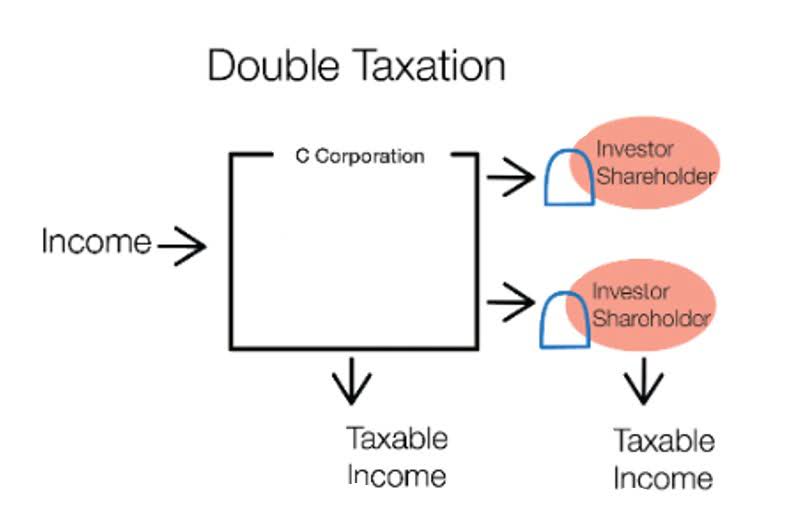
In the aerospace industry, it is applied to calculate the cost of manufacturing aircraft and spacecraft. The direct costs of materials, specialized components, labour, and both variable and fixed overhead costs are allocated to each unit produced. Accurate cost information is vital in the aerospace industry, where projects are complex and expensive. Managing absorption costing can be complex due to the need to track both direct costs and Accounting For Architects indirect costs. Integrating an ERP system simplifies the process by automating cost allocation, and tracking direct materials, direct labor, and overhead expenses.
- Under absorption costing, companies treat all manufacturing costs, including both fixed and variable manufacturing costs, as product costs.
- Follow Khatabook for the latest updates, news blogs, and articles related to micro, small and medium businesses (MSMEs), business tips, income tax, GST, salary, and accounting.
- Have you ever wondered about the intricate process by which businesses ascertain the actual cost of a product?
- This enables businesses to make informed decisions and maintain accurate financial records in a complex manufacturing environment.
- Absorption Costing is an advantage for companies with constant product demand.
- The tradeoff is that net profit fluctuates more than with variable costing methods.
Absorption Costing Formula

The company uses Absorption Costing to assign all these costs to its furniture. So, if they produce 1,000 chairs and have £50,000 in direct costs and £20,000 in overhead, each chair will include £70 in costs. This method helps the company keep track of all expenses accurately and set the correct prices for its chairs. Absorption Costing is a vital accounting accounting method that administers all product manufacturing costs, helping businesses understand actual production costs. This blog delves into its calculation process, benefits, drawbacks, and real-world examples, offering insights to help you make informed financial decisions. This is especially true when fixed overhead is included in the data used to determine a product’s cost through absorption costing.
- By allocating fixed overhead to units produced, absorption costing provides a more complete assessment of production costs.
- Absorption costing is a method of calculation that assigns all manufacturing costs and overhead expenses to products or services.
- The main advantage of absorption costing is that it complies with generally accepted accounting principles (GAAP), which are required by the Internal Revenue Service (IRS).
- This is because fixed costs are smoothed into COGS rather than impacting the period they are incurred.
- Absorption costing assigns all manufacturing costs and overhead expenses to products or services, while marginal costing only assigns direct materials and direct labor costs.
- The key difference from variable costing is that fixed production costs are included in the inventory valuation and expense recognition under absorption costing.
Taking into Account All Costs Related to Production
ERP systems help streamline the management of manufacturing overhead and track direct and indirect costs with precision. Using absorption costing provides businesses with a thorough understanding of their production costs. Below are some key benefits that make this method valuable for financial reporting and decision-making. By allocating absorption costing formula fixed overhead to units produced, absorption costing provides a more complete assessment of production costs. However, it can result in over- or under-costing inventory if production volumes fluctuate.
Clear Separation of Product and Period Costs

This is an important consideration if a company plans to ramp up production in anticipation of a seasonal sales increase. It is a system of costing which measures cost of a product or a service as its direct costs and variable production overheads plus a share of fixed production overhead costs. This is important for financial reporting and decision-making because it takes into account both variable and fixed production costs.
Find the talent you need to grow your business

The company management should use it with diligence and responsibility so as not to create any negative effect in the decision making process. Since this method is widely used by many manufacturing companies, it is necessary yo know the advantages and disadvantages of the same. Net income is derived by subtracting all expenses (COGS and operating expenses) from total sales revenue. This means the company would allocate $10 of overhead to each unit produced. Once you complete the allocation of these costs, you will know where to put these costs in the Income Statements. Follow Khatabook for the latest updates, news blogs, and articles related to micro, small and medium businesses (MSMEs), business tips, income tax, GST, salary, and accounting.

As any business owner knows, one of the critical ways to increase profitability is to lower your costs. By producing more units than you need, you can reduce the cost per unit by spreading out the fixed overhead costs. Real-world examples of absorption costing in different industries demonstrate how businesses use this method to determine product costs accurately.

- As a result, the data used for analysis may be insufficient to provide a comprehensive picture.
- Since this method shows lower product costs than the pricing offered in the contract, the order should be accepted.
- For example, all machinery-related expenses, such as maintenance and depreciation, might be grouped into a single cost pool.
- As any business owner knows, one of the critical ways to increase profitability is to lower your costs.
Absorption costing and variable costing are two distinct methods used to determine product costs, and they treat fixed overhead costs differently. Following these tips ensures accurate cost allocation, reliable financial reporting, and a more comprehensive view of your company’s manufacturing costs and profitability. Under this method, the profitability increases as the products are manufactured in large quantities. In case when units are still in stock the fixed overhead costs are not transferred to the expenses report. Absorption costs include fixed and variable manufacturing costs in product costs, while variable expenses only include variable costs. This difference impacts how profits are reported, with Absorption Costing often showing higher profits when inventory levels increase.